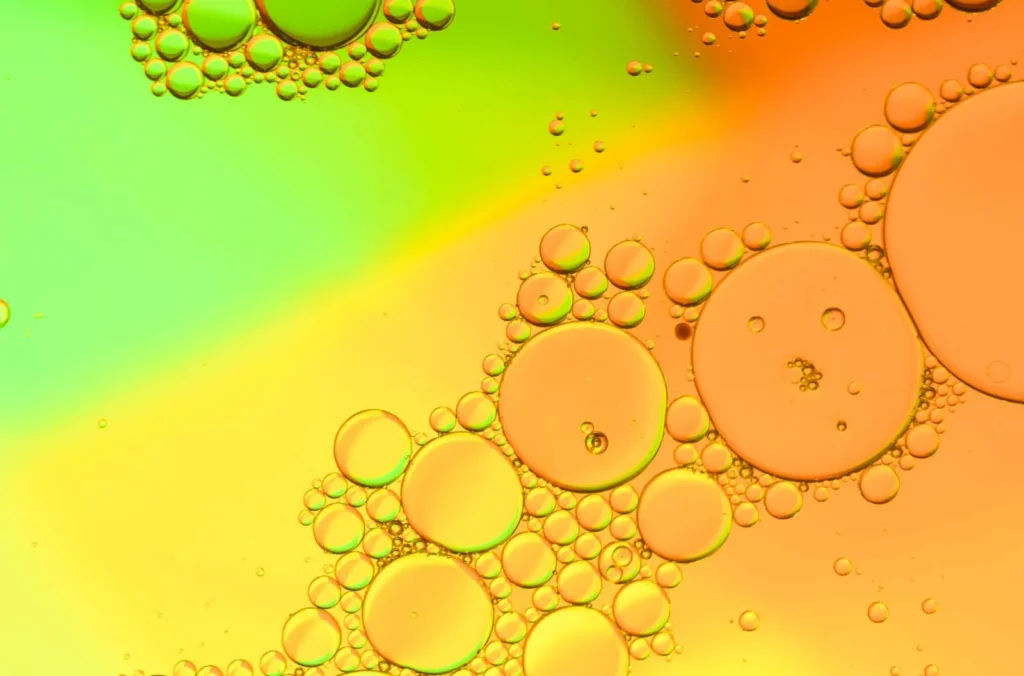The Role of Defoamers in the Chemical and Food Processing Industries
The Role of Defoamers in the Chemical and Food Processing Industries
Blog Article
The Function of Defoamers in Enhancing Product High Quality and Performance
In different making procedures, the existence of foam can dramatically impede product quality and functional efficiency. Defoamers act as essential additives that mitigate this problem, making sure smoother production workflows while improving the visual and practical attributes of the final items (defoamers). Their application covers a multitude of industries, from food and beverage to pharmaceuticals, where uniformity and dependability are paramount. However, the selection of the proper defoamer can be essential to achieving ideal outcomes, elevating essential questions concerning formula compatibility and efficiency metrics that merit more expedition.
Comprehending Defoamers
Recognizing the duty of defoamers is crucial for maintaining product top quality across different industries. Defoamers are chemical additives made to decrease and prevent the formation of foam in fluid systems, which can adversely impact procedures such as blending, loading, and surface area stress. Foaming can result in ineffectiveness, product problems, and compromised visual allure, making defoamers a vital element in producing operations.
In industrial applications, defoamers help to boost product uniformity and stability. The effective usage of defoamers not just makes sure smoother production procedures but also adds to remarkable product performance.
Moreover, the selection and formula of a defoamer must line up with specific application needs, such as compatibility with various other components, performance under varying temperature level and pH conditions, and possible regulative constraints. Eventually, recognizing defoamers' functions and their importance in numerous formulations is critical for optimizing manufacturing and making sure the finest final product.
Kinds Of Defoamers
Defoamers can be categorized into several kinds based on their make-up and system of activity. The key kinds consist of silicone-based, non-silicone natural, and inorganic defoamers.
Silicone-based defoamers are among one of the most reliable, mainly as a result of their ability to spread swiftly on the fluid surface and interrupt foam development. Their one-of-a-kind chemical structure enables exceptional stability, making them appropriate for high-temperature applications and settings with differing pH levels.
Non-silicone organic defoamers, often composed of natural oils or fatty acids, are valued for their biodegradability and reduced poisoning. These are typically used in food and beverage applications where security and ecological impact are paramount.
Inorganic defoamers, which include compounds like talc or calcium carbonate, act by raising the density of the fluid, therefore reducing foam security. They are typically used in commercial procedures where compatibility with other materials is not a worry.
Each kind of defoamer has unique benefits and restrictions, enabling for tailored solutions depending upon the specific lathering problems come across in different applications. Comprehending these differences is essential for enhancing performance and attaining wanted item top quality.
Applications Throughout Industries
Countless markets utilize defoamers to enhance item quality and functional performance. In the food and drink sector, defoamers are crucial in procedures such as brewing and milk production to prevent foam formation, which can cause inadequacies and item variance. By managing foam, manufacturers can make certain much better return and a much more consistent item.
In the pharmaceutical sector, defoamers play a crucial function in the solution of liquid medicines, where excessive foam can hinder blending and accurate application. Their use assists preserve the integrity of the solutions and assists in smoother production processes.
The paint and coatings sector also depends on defoamers to improve the performance of products during application. By decreasing foam, these additives make certain a smoother coating and improve the visual qualities of the final item.

Benefits of Utilizing Defoamers
While the application of defoamers differs across sectors, their benefits regularly improve item top quality and process effectiveness. One substantial benefit is the decrease of foam development during producing processes, which can otherwise cause manufacturing hold-ups and incongruities in item high quality. By decreasing foam, defoamers allow a smoother circulation of products, promoting a lot more effective procedures and lowering the chance of devices malfunctions.
Additionally, the usage of defoamers can boost the look and structure of end products. In markets such as finishings, paints, and food processing, excessive foam can endanger the aesthetic aesthetic appeals and total top quality, while the proper defoamer application guarantees a consistent surface and desirable characteristics. Furthermore, defoamers can add to cost financial savings by reducing waste during production and maximizing the usage of raw materials (defoamers).

Selecting the Right Defoamer
Picking the right defoamer is important for maximizing manufacturing procedures and making sure item top quality. The selection of defoamer affects not just the efficiency of foam control however likewise the general performance qualities of the end product. Factors to consider include the kind of application, the web chemistry of the formulation, and the ecological problems under which the item will certainly be made use of.
Various markets may call for details defoamer kinds, such as silicone-based, natural, or polymeric defoamers. Recognizing the compatibility of the defoamer with the main components is vital to prevent damaging reactions that could endanger item integrity. Additionally, the defoamer's effectiveness in numerous temperature levels and pH levels must be examined to guarantee regular efficiency.
Examining the defoamer in small-scale applications can supply beneficial understandings right into its efficiency and viability. Factor to consider of regulative compliance, specifically in food, drugs, and cosmetics, is paramount in picking a defoamer. Ultimately, a thorough evaluation of these aspects will cause the selection of a defoamer that not only manages foam effectively yet likewise enhances the high quality and efficiency of the end product.
Conclusion

To conclude, defoamers are necessary ingredients that considerably enhance item quality and look at here now performance across different markets. By successfully decreasing foam development, these representatives not just enhance operational efficiency however additionally add to the aesthetic and functional integrity of items. The strategic selection and application of defoamers result in cost savings, enhanced source usage, and raised consumer complete satisfaction. Generally, the value of defoamers in commercial procedures can not be overemphasized, as they play an essential duty in attaining high-grade and constant end results.
Lathering can lead to ineffectiveness, product defects, and endangered visual charm, making defoamers an important element in manufacturing see this here procedures.

Report this page